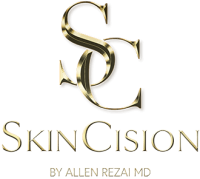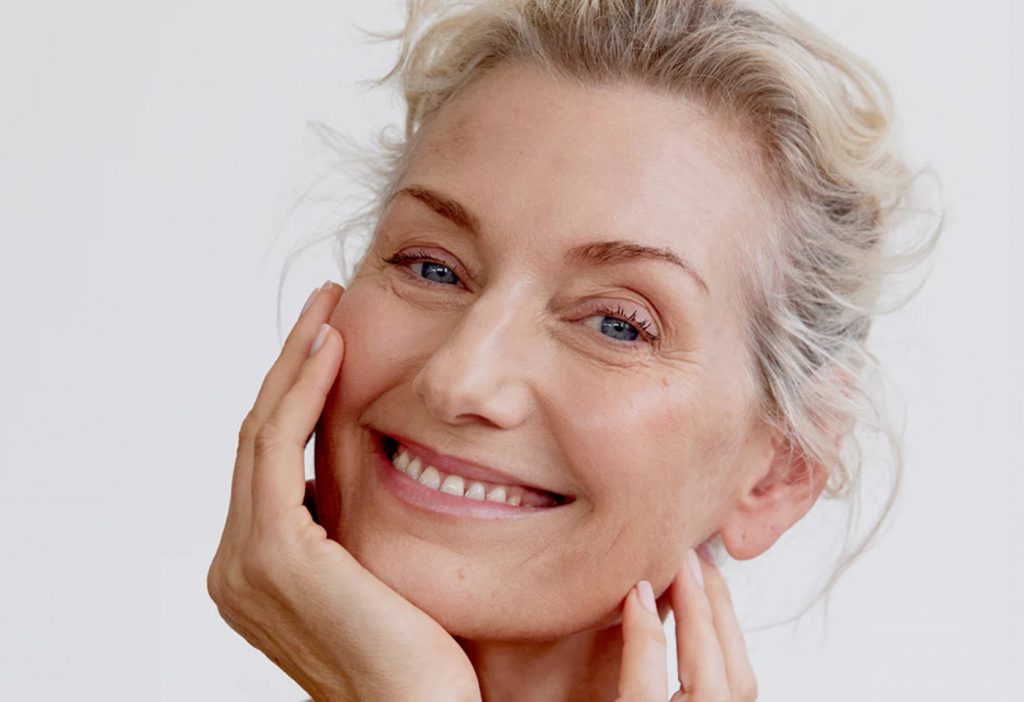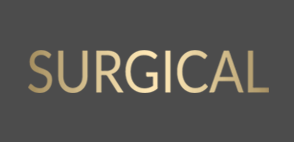Have you ever looked in the mirror and felt that your reflection doesn’t quite match how young you feel? You’re not alone. Ageing is a multifaceted process influenced by more than just the passing years. While genetics lay the foundation, numerous other factors—from lifestyle habits to environmental conditions—play significant roles in how old we appear.
Many patients visit Mr. Allen Rezai at his renowned practices in London Harley Street and Dubai, aiming to turn back the clock and manage the signs of ageing with the latest advancements in both surgical and non-surgical treatments. While it’s common for some to appear older than their years, an increasing number of younger individuals are pre-emptively addressing ageing by undergoing treatments before they might be necessary. However, this approach can sometimes be harmful, as overuse or unnecessary procedures may lead to unnatural results or potential long-term skin damage. With Mr. Allen Rezai, it’s crucial to strike a balance to ensure that any interventions are appropriate, harmonious and beneficial for the patient.
In this article, we will delve into the reasons behind premature ageing and go through effective approaches to rejuvenation, including innovative treatments and skincare practices, to help you maintain a youthful appearance.
The Science of Ageing: Intrinsic vs. Extrinsic Factors
Ageing is a complex process that can be broadly classified into two categories: intrinsic and extrinsic. Both play significant roles in how our skin ages, but their causes and effects differ. Understanding these factors can help you make informed decisions about skincare and treatments.
- Intrinsic Ageing: Intrinsic ageing is the natural, inevitable process dictated by our genetic makeup. It begins as early as our mid-20s when the body starts to produce less collagen and elastin—the key structural proteins that give the skin its firmness and elasticity. Over time, the skin becomes thinner, drier, and less resilient. This decline in collagen and elastin contributes to the development of fine lines, wrinkles, and sagging skin. Intrinsic ageing is unavoidable, but the rate at which it occurs varies greatly from person to person, influenced by factors like genetics, hormonal changes, and overall health.
- Extrinsic Ageing: In contrast, extrinsic ageing is caused by external factors, many of which are within our control. Lifestyle choices such as smoking, poor diet, lack of sleep, and excessive sun exposure can all accelerate the visible signs of ageing. Sun exposure, in particular, is a major contributor, as ultraviolet (UV) rays break down collagen and elastin in the skin, leading to premature wrinkles, pigmentation issues, and a leathery texture. Other environmental factors like pollution and harsh weather conditions can also contribute to the skin’s ageing process. The key difference between intrinsic and extrinsic ageing is that extrinsic ageing is preventable and manageable. With proper care—such as using sunscreen, adopting a healthy diet, and avoiding smoking—many of the signs of extrinsic ageing can be significantly reduced or delayed.
By understanding these two types of ageing, you can take proactive steps to slow down the process and preserve the youthful appearance of your skin for longer.
Factors That Contribute to an Older Appearance
As we navigate the natural ageing process, various factors can influence how old we look. Let’s explore some of these common contributors and explore the best approaches to addressing them.
- Loss of Facial Volume:
A significant factor in an aged appearance is the loss of facial volume. Over time, the fat pads beneath our skin diminish, particularly in the cheeks and temples, resulting in a hollow, sunken look. This loss of volume can lead to deeper facial lines, a tired expression, and a gaunter appearance, which collectively contribute to looking older than our actual age.
Approach to Rejuvenation: Restoring facial volume is key to achieving a youthful look. Non-surgical treatments like dermal fillers can effectively replenish lost volume, smoothing out wrinkles and enhancing facial contours. Fat grafting is another option that uses the patient’s fat to restore fullness naturally. For those seeking a subtler, natural enhancement, Platelet-Rich Plasma (PRP) therapy and Profhilo injections stimulate collagen production, improving skin texture and elasticity for a rejuvenated appearance.
- Loss of Facial Volume:
- Eye Area Ageing:
The eye area, with its delicate and thin skin, is often the first to exhibit signs of ageing. Common issues include sagging eyelids, under-eye bags, and fine lines, which can make us look fatigued and older than we are. These changes can also be exacerbated by lifestyle factors such as insufficient sleep and sun exposure.
Approach to Rejuvenation: Advanced non-surgical treatments like Morpheus8 and FORMA use radiofrequency technology to tighten the skin and stimulate collagen production, offering a more youthful and refreshed eye area. For more pronounced sagging or puffiness, surgical options such as blepharoplasty (eyelid surgery) provide a significant lift and rejuvenation, dramatically improving the overall appearance of the eyes.
- Eye Area Ageing:
- Nasal Structure Changes:
Subtle changes in the nasal structure occur as we age. These can include a wider nose or a drooping nasal tip, which may affect facial balance and harmony, making the face appear older.
Approach to Rejuvenation: Rhinoplasty, or nose reshaping surgery, can address these age-related changes by refining the nasal shape and contour. This procedure can enhance facial symmetry and restore a youthful profile, significantly improving overall aesthetics.
- Nasal Structure Changes:
- Sagging Jowls and Jawline:
The development of sagging jowls and a less defined jawline is a common sign of ageing. This occurs due to the loss of skin elasticity and the descent of facial tissues, leading to a heavier, aged appearance around the lower face.
Approach to Rejuvenation: For mild to moderate sagging, non-invasive treatments like FaceTite and Morpheus8 are effective in tightening the skin and reshaping the jawline by stimulating collagen and elastin production. Dermal fillers can also provide lift and support, improving jawline definition. In cases of significant sagging, surgical interventions such as a facelift may be necessary to restore a more youthful contour and firm appearance. - Upper Lip Elongation:
An elongated upper lip is another subtle but telling sign of ageing, which can disrupt the balance between the upper and lower portions of the face, making one look older. This can result from natural ageing or changes in dental structure and bone density.
Approach to Rejuvenation: Lip augmentation with fillers can help restore a youthful plumpness and improve the proportion of the lips. For those seeking a more permanent solution, a lip lift surgery can shorten the upper lip, enhancing its appearance and restoring facial harmony. Additionally, Muscle Relaxing Injections such as Botox can be used to relax the muscles around the mouth, reducing the appearance of fine lines and improving the overall lip contour.
The Integral Role of Skincare in Anti-Ageing
Achieving and maintaining a youthful appearance goes beyond in-clinic treatments. While procedures like dermal fillers, PRP therapy, and Morpheus8 deliver immediate and impactful results, integrating a comprehensive skincare regimen is equally vital. Skincare acts as both a preventive measure and a complement to professional treatments, helping to sustain and enhance the results over time. Here’s how skincare plays a pivotal role in anti-ageing and how it can be incorporated into treatment plans.
A well-structured skincare regimen can significantly delay the onset of visible ageing by protecting the skin from external aggressors such as UV radiation, pollution, and environmental stressors. High-quality products, like those from SkinCeuticals, offer scientifically backed benefits that address various aspects of skin health. For instance, C E Ferulic, a potent antioxidant serum, shields the skin from free radicals, brightens the complexion, and improves firmness, making it an essential component of any anti-ageing routine. Hydration, a key factor in maintaining a youthful appearance, is enhanced by the H.A. Intensifier serum, which boosts the skin’s hyaluronic acid levels, improving moisture retention and restoring plumpness. Additionally, Retinol 0.5 or 1.0 is renowned for accelerating cell turnover, smoothing fine lines and wrinkles, and promoting even skin tone, making it an excellent complement to resurfacing treatments like microneedling and chemical peels. Together, these products help to protect, rejuvenate, and sustain a youthful complexion.
Skincare as a Complement to Professional Treatments
Incorporating targeted skincare products into an anti-ageing treatment plan helps extend the longevity of clinical results. For instance, after undergoing treatments aimed at boosting collagen and elastin, such as Morpheus8, DermaPen Microneedling or even minimally invasive procedure like FaceTite or AccuTite, using products that promote collagen production and hydration can enhance and prolong these benefits.
- Post-Treatment Care: Skincare is essential in the healing phase following many procedures. Products with soothing and reparative ingredients can help reduce inflammation, support skin barrier recovery, and optimise the overall outcome.
- Ongoing Maintenance: Regular use of anti-ageing skincare ensures that the skin remains in optimal condition between treatments. This continuous care helps to prevent new signs of ageing from developing and supports the skin’s ability to heal and regenerate.
Combining Skincare Regiment with your Anti-Ageing Treatments
Tailoring a skincare routine to individual needs is essential for achieving optimal results. During consultations, discussing skincare as a key component of the treatment plan ensures a holistic approach to anti-ageing. A personalised regimen begins with assessing the patient’s skin type, concerns, and goals, which allows for recommending products that address specific issues such as pigmentation, dryness, or sensitivity. Integrating active ingredients like antioxidants, retinoids, and peptides based on the treatments undergone can enhance treatment efficacy and maintain skin health. Additionally, educating patients about the importance of skincare empowers them to understand its role in anti-ageing, fostering adherence to a routine that complements their in-clinic treatments and supports long-term results.
Personalised Approach to Ageing Gracefully
At SkinCision by Allen Rezai MD, we recognise that ageing is a deeply personal experience. Under the expert guidance of Mr. Allen Rezai, renowned Senior Consultant Plastic, Aesthetic, and Reconstructive Surgeon, we offer bespoke solutions designed to restore, enhance, and preserve your unique features while addressing your specific concerns. Our holistic approach focuses on enhancing your natural beauty and promoting graceful ageing, without relying on excessive or unnecessary treatments. We believe in the philosophy of “Less is More”, ensuring subtle yet effective results.
Whether you’re considering to improve your skin health, or to create proportion & balance, detailed consultation and correct treatment planning are key in achieving the best possible outcome for you.- Sagging Jowls and Jawline:
For details about procedures and treatments or for a consultation, advice and prices from our London clinic please call +447795065621 or use our ONLINE FORM.





